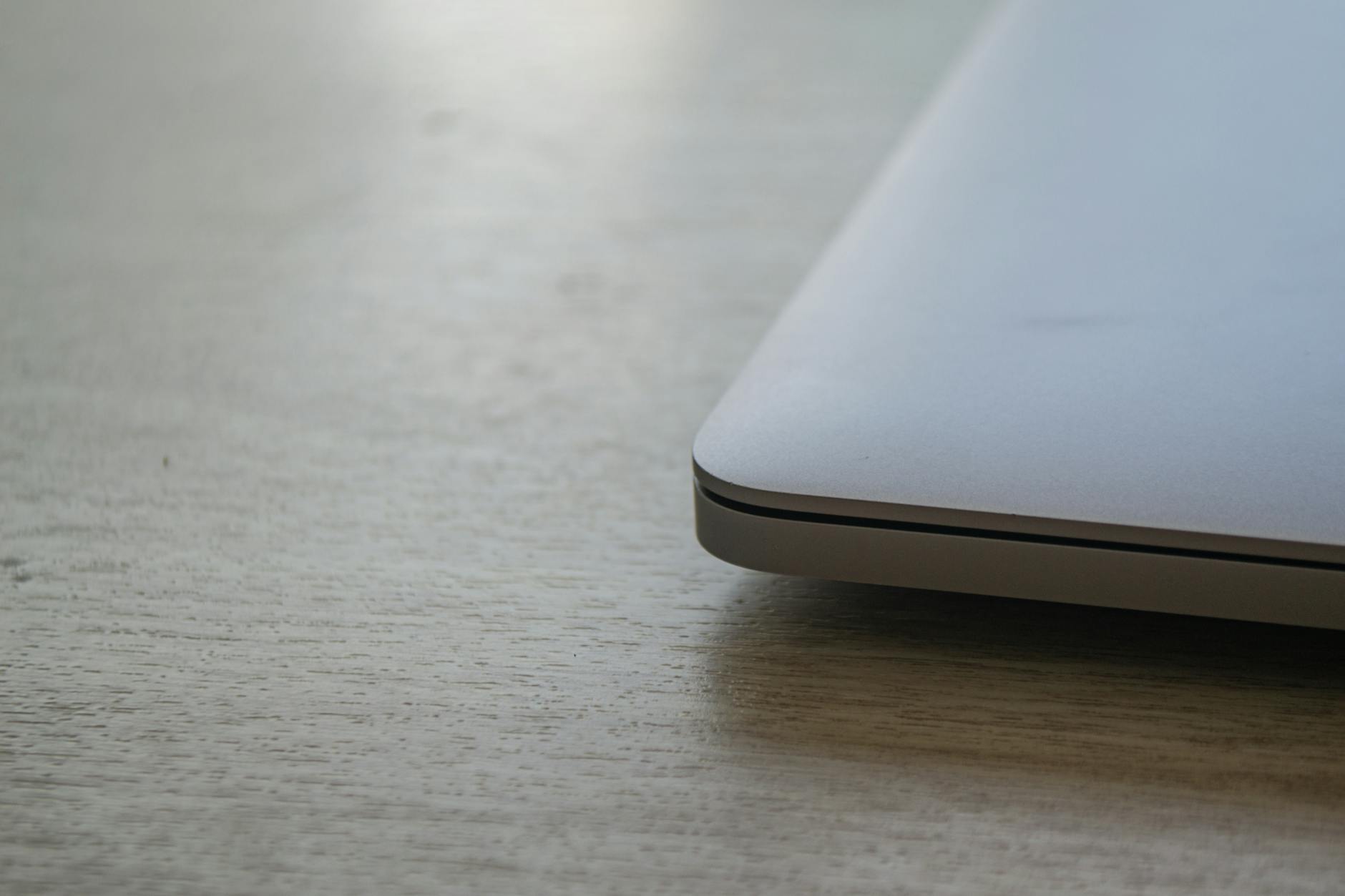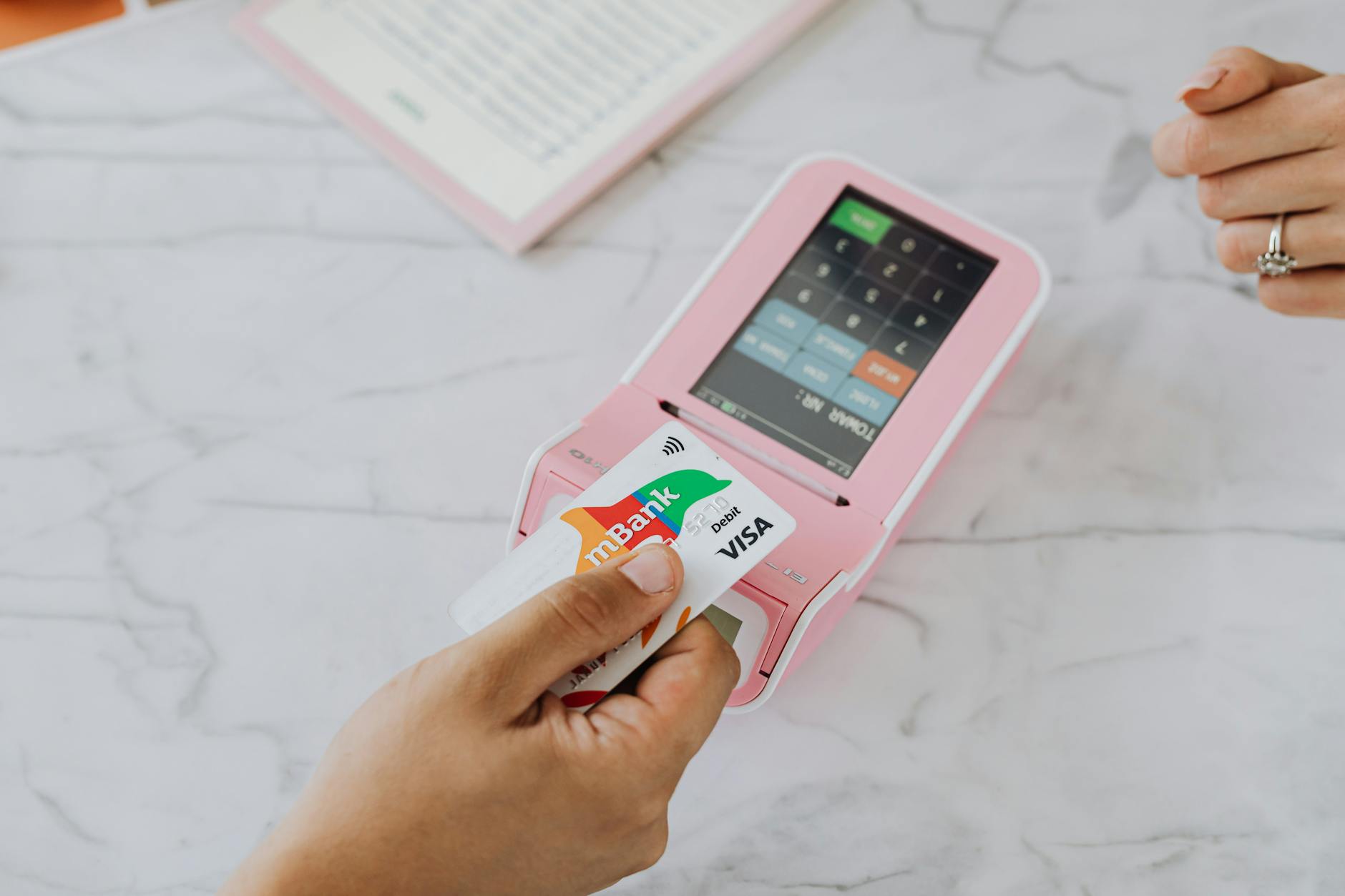How to Elevate Your Event's Sound and Visuals in Australia

Assessing Current Setup
Evaluate Existing Equipment
When reviewing your current audio equipment, it’s crucial to first examine the core components you already have. Consider the performance and reliability of items like speakers, microphones, and other essential elements in your system. At the Brisbane Convention and Exhibition Center, I’ve often found that ensuring compatibility between various components is key to avoiding unforeseen glitches during live events.
Identify Gaps in Quality
Once you’ve appraised what you have, the next step is pinpointing any deficiencies. For instance, if you're experiencing diminished sound quality, it might be due to outdated induction loop systems. Look out for areas where upgrades could enhance clarity or range, helping deliver messages more effectively in bigger spaces, such as large school halls or auditoriums.
Define Your Event Needs
Before investing in new systems, clearly outline the specific requirements of your events. Whether it's a conference at a professional venue or a classroom engagement, understanding your audience's expectations is paramount. Consider whether elements like mesh radios could facilitate better communication during fast-paced workshops or other dynamic event segments. By accurately framing your needs, you can make informed choices that adapt to different environments while optimizing your existing setup’s potential.
Choosing the Right Technology
Selecting the appropriate technology for your events involves more than just picking the latest gadgets. It's about finding tailored solutions that cater to your specific needs and elevate the experience for all attendees. Whether you're hosting a gathering at Brisbane Convention and Exhibition Center or an open-air presentation at South Bank Parklands, certain tools can make a significant impact.
Audio System Components
Investing in a quality professional microphone is crucial for clarity and engagement. A reliable mic ensures your message is heard clearly, even in expansive spaces like The Tivoli event space. You might also consider incorporating complementary audio equipment such as mixers and amplifiers to distribute sound evenly. Ensuring a seamless integration with your existing audio setup will minimize disruptions and enhance professionalism.
Visual Enhancements Options
For visual engagement, data projectors are indispensable, especially when you're aiming to captivate larger audiences. They allow you to present detailed visuals and data effectively. Pairing a projector with high-resolution screens or interactive displays can significantly elevate the visual experience. Event planners can add a personal touch by incorporating branding visuals or thematic elements through these projectors, which is particularly useful in large venues where detail matters.
Integrating New Technologies
Incorporating new technologies should be a thoughtful process. Consider how these additions will interact with existing systems and whether they require additional training or support. Test all equipment in advance to ensure compatibility and smooth operation. By carefully selecting and integrating these technologies, you can create a memorable event that resonates with attendees long after they've left the venue.
Installation and Setup Tips
Optimal Speaker Placement
As a seasoned event planner based in Brisbane, particularly familiar with the iconic The Tivoli event space, getting the best sound experience for your audience is crucial. When setting up your audio equipment, consider these speaker placement tips. First, ensure that all speakers are positioned at ear level with the listeners to ensure the optimal sound delivery. Position your speakers symmetrically on either side of the stage for balanced sound distribution. This alignment minimizes echo and feedback, a common concern within enclosed venues. Always conduct a sound check to adjust and correct feed alignment, guaranteeing no part of the audience is left out of the experience.
Effective Projector Positioning
The secret to impactful presentations lies in impeccable projector positioning. Position your data projector centrally, ensuring it’s aligned with the center of the screen to avoid image distortion. Distance plays a key role—use the throw distance calculator specific to your projector model to ensure maximum image clarity. Adequate ventilation is paramount to prevent overheating, especially in packed venues. Regularly test the setup to accommodate varying lighting conditions—a critical step at venues such as South Bank Parklands, where projection screens might double as home entertainment.
Calibration Best Practices
Calibration is the linchpin of a flawless audio-visual experience. Begin by adjusting the brightness and contrast of your projector, following the manufacturer’s guide for optimal results. Use a recording microphone to fine-tune the audio system, setting it to capture true sound quality during live events. Regularly calibrate both audio and visual components by running them through pre-event rehearsals to pinpoint discrepancies swiftly. This preparation not only enhances the technical framework but ensures your audience leaves with a memorable experience.
Enhancing Audience Experience
Sound Balance Techniques
When planning an event, achieving optimal sound balance is essential to ensure your audience receives clear audio from every corner of the venue. Using paging systems can be advantageous for communicating with your team without disrupting the main event. A strategic approach involves calibrating audio equipment to manage levels and frequencies effectively. For example, employing parametric equalization can tailor sound to suit different areas, minimizing echoes and feedback. Additionally, use directional speakers to focus sound towards the audience rather than dispersing it randomly throughout the space.
Visual Clarity Upgrades
Elevating visual experiences is just as crucial as audio. Consider investing in a motorised projector screen for smoother transitions during presentations. In settings like The Tivoli, where lighting could vary, this could prove particularly useful. Adjusting the screen's height and contour to fit the room's layout can vastly improve projector image quality. Regular maintenance, such as cleaning lenses and adjusting brightness settings depending on ambient light, helps maintain clarity. Offering viewers crisp visuals will keep them engaged and absorbed in the content presented.
Interactive Features
Incorporating interaction in your event can markedly boost engagement. Enabling features such as live polls, Q&A sessions via mobile apps, or encouraging participation through interactive screens can create a dynamic relationship between presenters and attendees. These elements not only make knowledge sharing more effective but also create memorable experiences for participants, fostering a sense of inclusivity. Providing such features keeps the audience connected, ensuring they remain attentive and involved throughout the event.
Common Pitfalls and How to Solve Them
Keep It Simple: Avoid Over-Complication
When orchestrating events at renowned Brisbane locations like the Brisbane Convention and Exhibition Center or the versatile The Tivoli event space, the allure of complex setups is tempting. However, overloading on technology can muddle both your setup process and the event itself. Focus on streamlined solutions that serve the specific needs of your audience. An efficient paging system, for instance, enhances communication without adding unnecessary layers. Stick to essentials and evaluate if each component genuinely adds value.
Quick Fixes for Common Issues
Problems often arise just when the data projectors, professional microphone, or other audio equipment need to perform flawlessly. Here’s a handy checklist: check all power connections and ensure backup batteries are ready. For audio glitches, inspect the frequency settings to avoid interference, especially in dynamic spaces like the South Bank Parklands outdoor venues. Projector hiccups often stem from incorrect input settings — make sure it's set to the right source. Keeping a troubleshooting guide on hand ensures you're prepared for surprises.
Secure System Stability
Maintaining system dexterity involves constant vigilance. Regular checks prevent last-minute hitches. Frequently test microphones and ensure speakers emit clear sound waves across all corners of the venue. A proactive approach, endorsing frequent updates for your audio-visual software, ensures optimal performance. Building relationships with local suppliers for additional support is also beneficial, especially in a city with fluctuating event demands like Brisbane. Staying ahead of potential failures guarantees both the success of your event and peace of mind.


